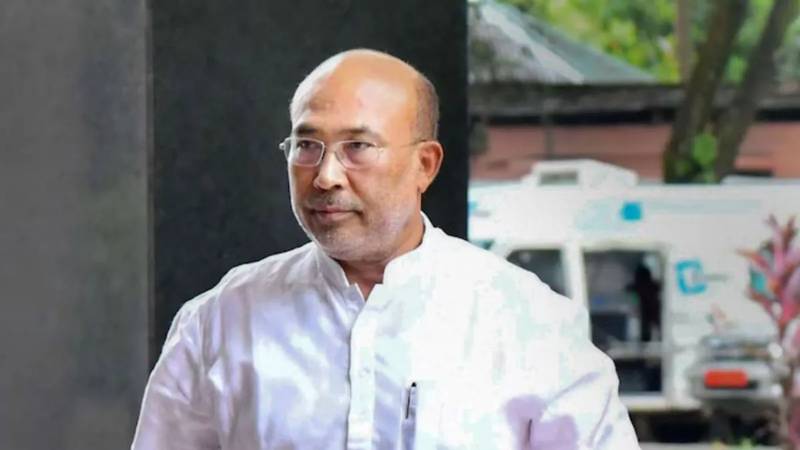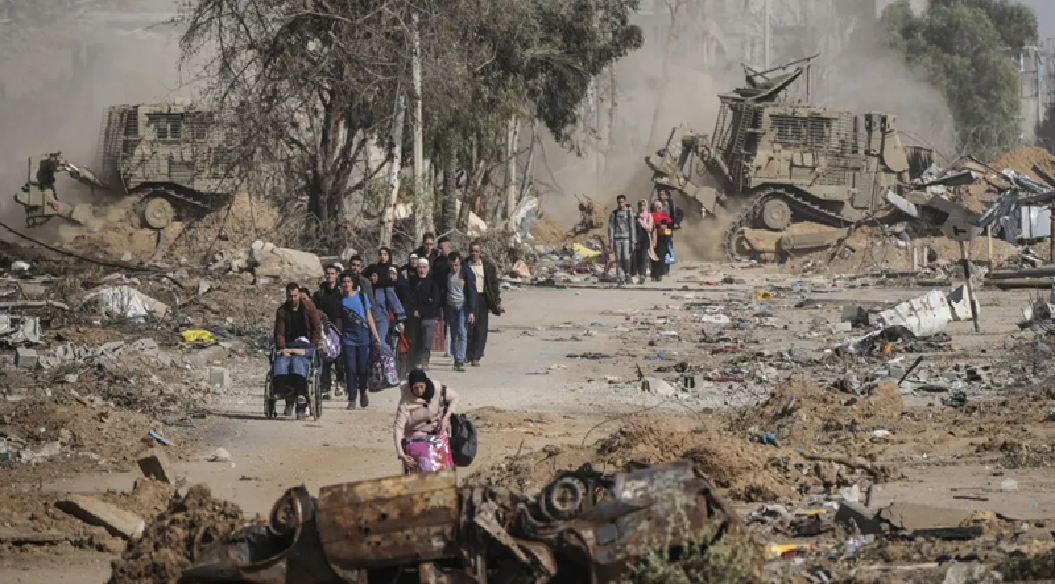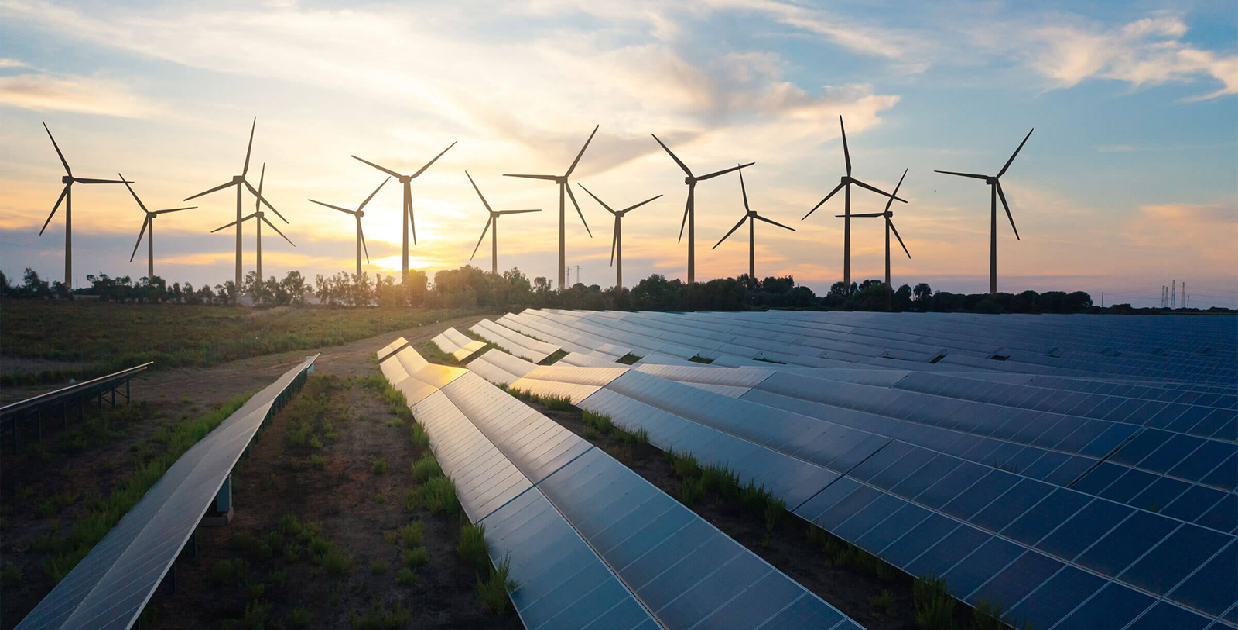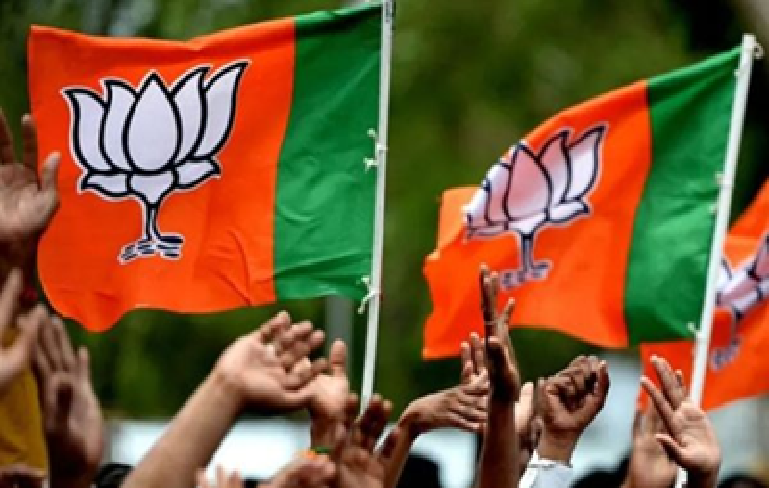.jpeg)
Indian cities have failed the monsoon test again
This monsoon has again shown how Indian cities have been failing the monsoon test for more than a decade now.
Some of the key factors for this failure are outdated drainage systems, improper planning seemingly turning a blind to local hydrology and ecology and the pathetic state of civic agencies all over India which are responsible for implementation of policies on urban planning and upkeep on the ground.
Also pertinent to note is that the government both at the Centre as well as in the states are oblivious to climate change induced extreme weather events affecting Indian cities like extreme heat wave followed by severe rainfall.
Nor does there seem to be any seriousness on the part of the government to accept that climate change and its effects are a reality and the government needs to strategise accordingly.
Amazingly, there is no water or flood policy that guides Indian cities. In fact, with better rainwater management (harvesting), cities can convert the inundation problem into a blessing.
This would be possible if it prioritizes the city’s capacity to hold, store, recharge groundwater and drain rainwater into lakes or reservoirs. Instead, cities are busy destroying such capacities by killing rivers, ridges, forests, local water bodies, groundwater recharge capacities and also drainage capacity.
Mumbai was once called a sponge city. Mumbai’s lakes, marshes and salt pans used to absorb monsoon rains and mitigate floods but they have been encroached upon or covered with concrete. As extreme climate events intensify, it is crucial to adopt the sponge city concept.
These green areas that soak up rainwater, if protected, could help make Mumbai flood-resilient. To achieve this, it is essential to identify and understand the varying degrees of wetness across creeks, mangroves, mudflats, and saltpans that make up the natural terrain, and prevent encroachment and unplanned development in these areas.
Being a coastal city, Chennai which too is a victim of flooding, has certain problems, topography and solutions akin to Mumbai, and perhaps even Kolkata, another city prone to inundation.
Experts have blamed factors such as inadequate cleaning of drains ahead of rains, multiplicity of authorities that maintain roads and an archaic drainage for the annual inundation problem of Delhi.
It was exacerbated by release of water into Yamuna River by Haryana, which led to the Yamuna flooding low lying areas in and around Delhi. Another reason is encroachment of the floodplain which leaves little room for water to pass, and siltation of drains. Unchecked and ill-thought-out urban expansion is the principal reason behind chronic urban flooding in Delhi, and in most other major Indian cities.
The call of the hour is to check unplanned development, use scientific urban planning and proper rain water harvesting.
Instead of relying on government agencies fully to solve the problem, citizens should come forward with healthy eco-friendly sustainable practices like a ban on use of plastics, prevent pollutants and garbage from entering drainage systems, ensure mandatory rain water harvesting and preservation of lakes and other natural water bodies.
 English daily published in Bengaluru & Doha
English daily published in Bengaluru & Doha






